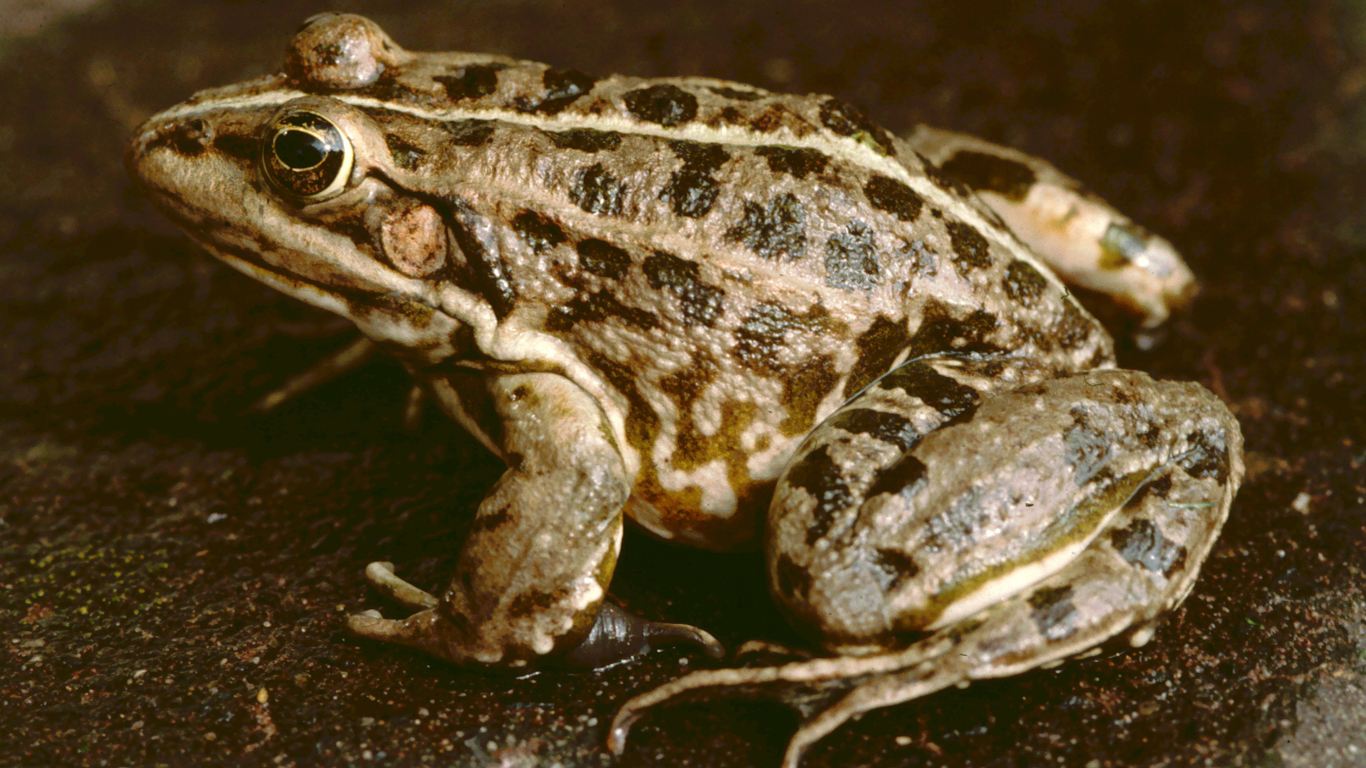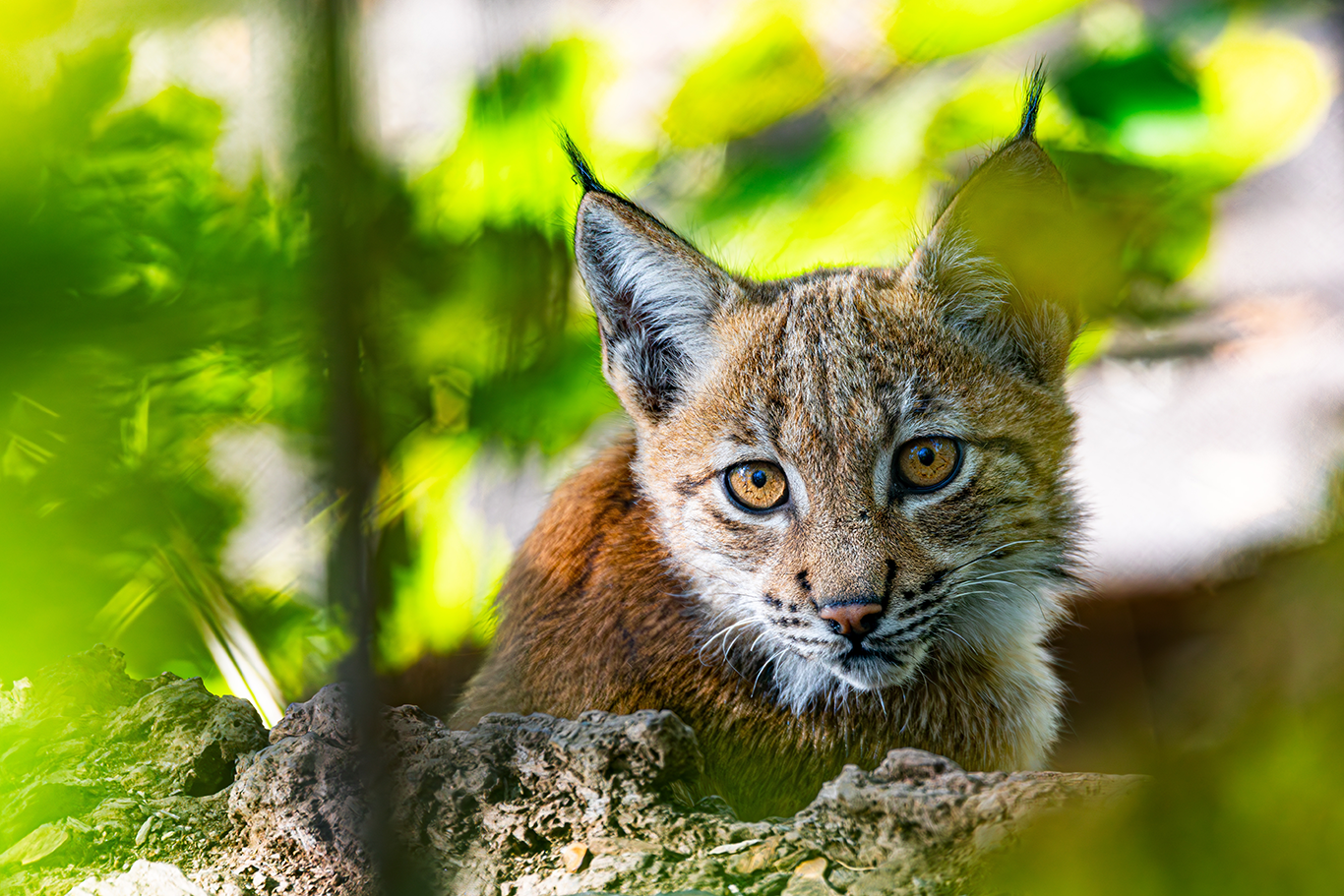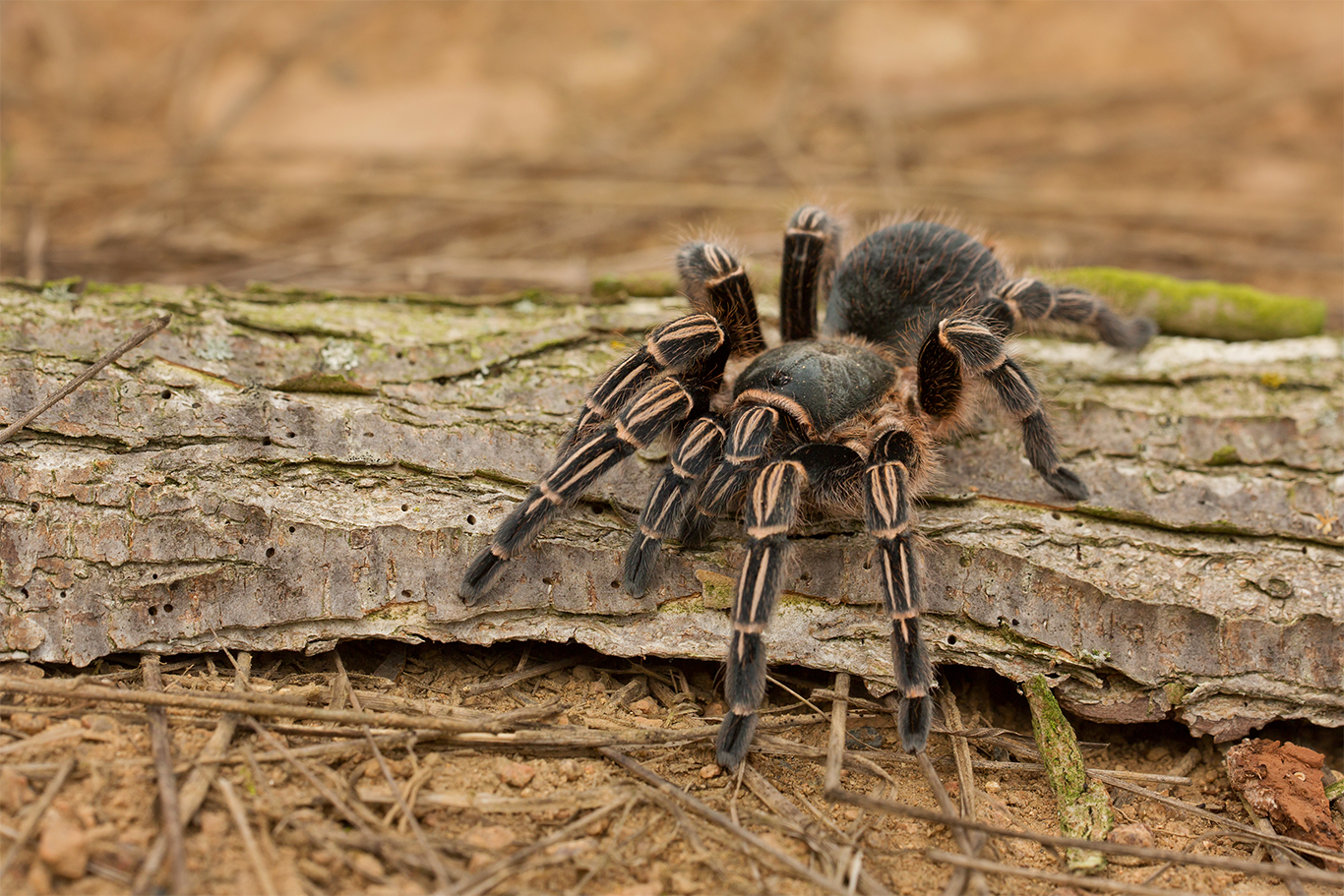Frog legs are one of the most infamous dishes on French restaurant menus – but the demand for the delicacy is destroying frog populations in Turkey, Albania and Indonesia, says a new study published in Nature Conservation journal.
According to Euronews.green, European countries imported over 40 million kilograms (over 88 million pounds) of frog legs between 2010 and 2019, primarily from these countries. That is the equivalent of two billion frogs – a number that could spell the end of the species. The amphibians are also consumed in other parts of the world, including China and Vietnam.
The authors of the study wrote, “We call upon [exporting] countries and their representative governments to assume responsibility for the sustainability of the trade. The EU should take immediate action to channel all imports through a single centralised database and list sensitive species in the Annexes of the EU Wildlife Trade Regulation.”
Of the European countries, Belgium is by far the largest importer of frog legs, having imported 28,430 tonnes between 2010 and 2019. However, it re-exported around three-quarters to France – which in turn imported 6,790 tonnes from outside the EU (16.6 per cent of EU imports), followed by the Netherlands (2620 tonnes; 6.4 per cent), Italy (1790 tonnes; 4.3 per cent) and Spain (923.4 tonnes; 2.2 per cent).
The cuisine – which many diners would happily fork out an arm and a leg for – is having a serious impact on ecosystems. In fact, France banned local commercial frog hunting (with some exceptions) way back in the 1980s, after numbers dwindled dramatically. Now, 80 percent of Europe’s frog legs are supplied by Indonesia - and the same pattern is being repeated there.
The crab-eating grass frog (Fejervarya cancrivora), the giant Javan frog (Limnonectes macrodon), and the East Asian bullfrog (Hoplobatrachus rugulosus) are all vulnerable to potential ‘overharvesting’, warned the report.

In Turkey, the Pelophylax caralitanus – commonly known as the Anatolian frog – is at “high extinction risk.”
“Commercial overexploitation [of this species] for the frogs legs trade in France, Italy and Switzerland has caused its rapid decline so that the species is now considered endangered,” the report warned.
The decline in frog species has a knock-on effect on local ecosystems. These amphibians prey on insects, and in areas where frogs are hunted, the use of harmful pesticides tends to increase.
In the 1970s and 80s, Bangladesh and India were the EU’s main suppliers of frogs, but the governments of these countries stopped exporting them after local populations declined.
To keep the trade sustainable, it is imperative that frog-exporting nations regulate the trade more strictly. It is also critical for the EU to publish more information on the trade.
Legend has it that frogs were first consumed in the 12th century by monks attempting to circumvent a strict no-meat diet: the church classified frogs as fish. Today, some enterprising Francophile vegans have created plant-based frog legs, made from wheat and soy.
Banner Credit: Matador Export





